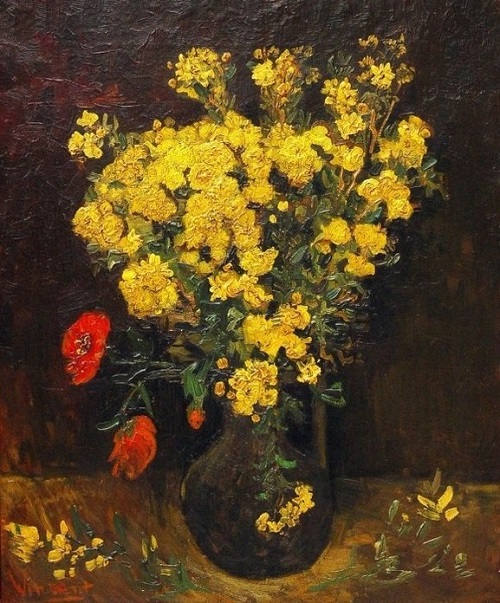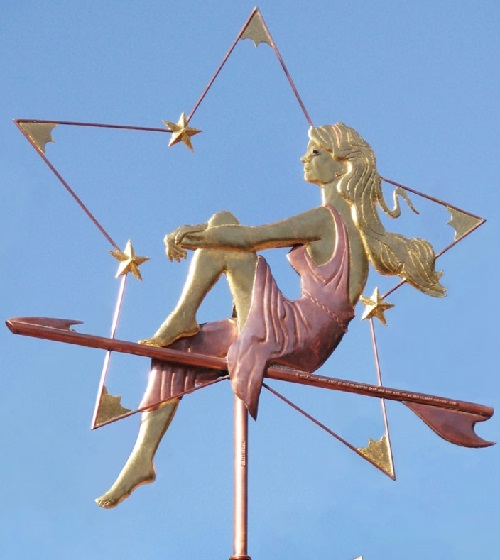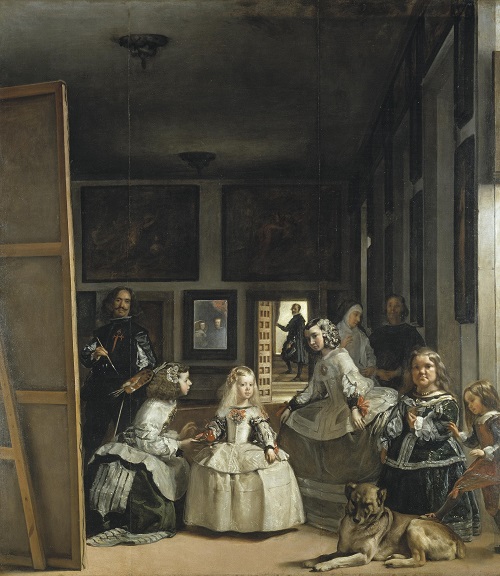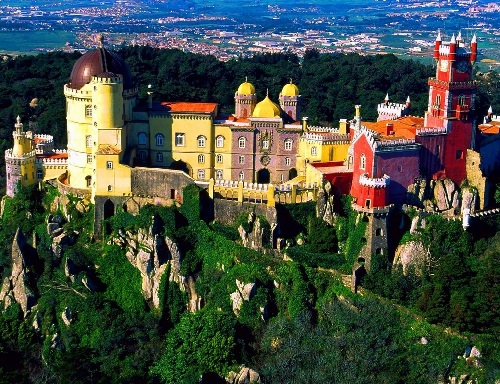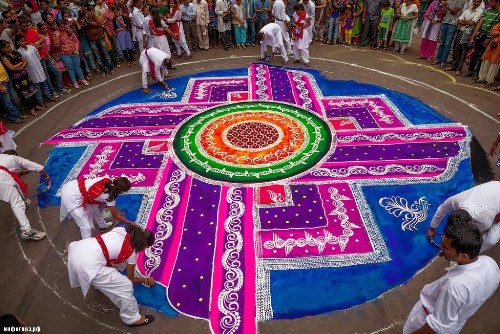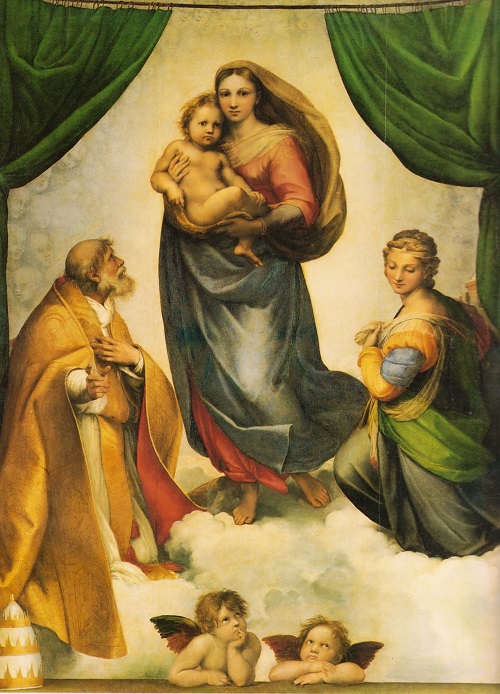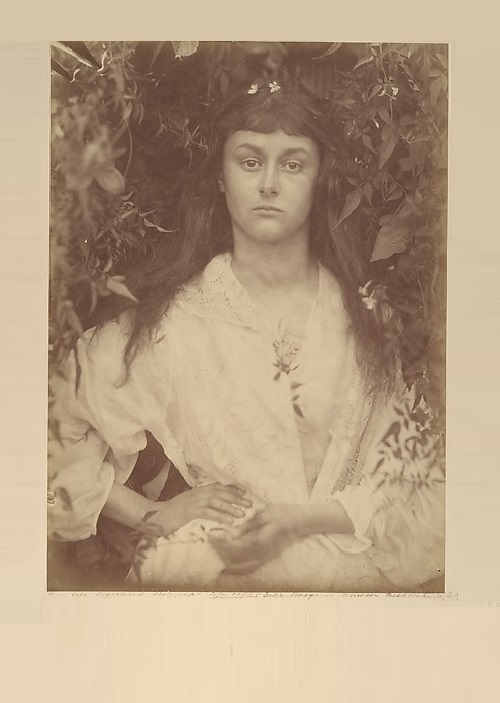Most expensive loss of world art
Most expensive loss of world art. It is not a secret that on the black market sale of art objects is on demand, it’s inferior to trade in drugs, weapons and sexual services. Not surprisingly, the art world looses annually tens of thousands of paintings, sculptures, prints, collages, the value of which increases every year. Here is a list of the ten most expensive works of art stolen, whose fate remains a mystery. Dutch postmodernist painting by Vincent Van Gogh ‘Poppies’ was stolen in 2010 from the Cairo Mohamed Mahmoud Khalil Museum, which was about to be closed for repairs. Hoping to seize the painting intelligence agencies blocked airports, train stations, ports, but all efforts were in vain. A few years later the British experts made a sensational statement that the real “Poppies” were stolen from the museum in 1977 and thieves risked freedom for forgery
Read more »
